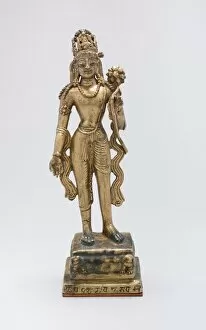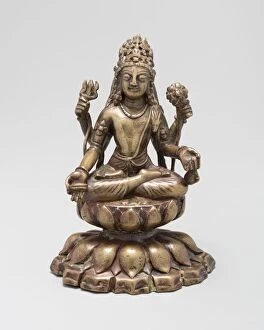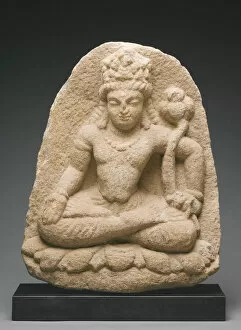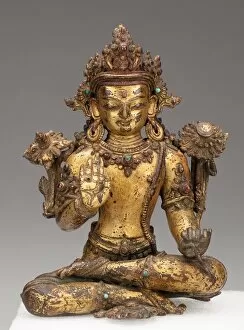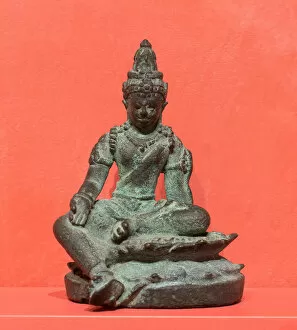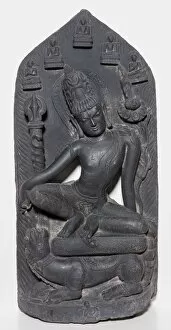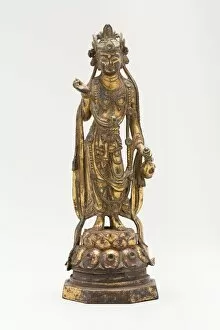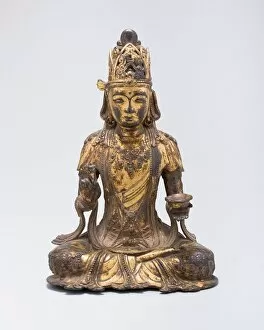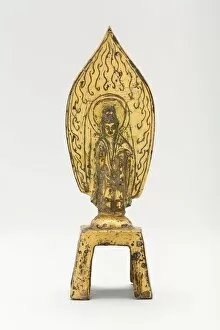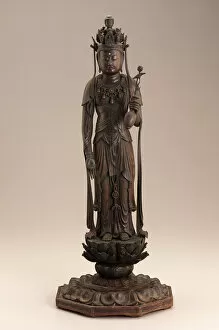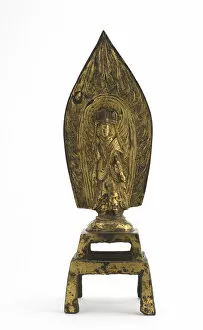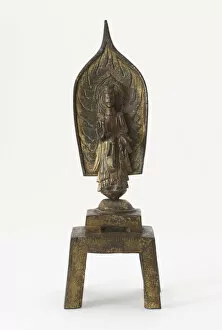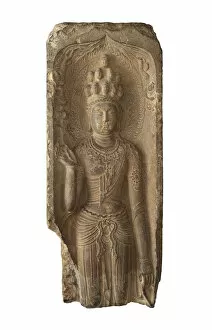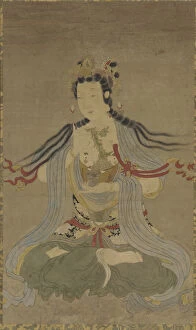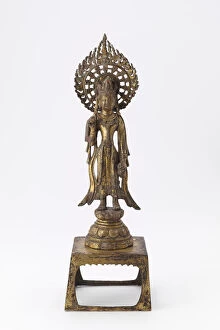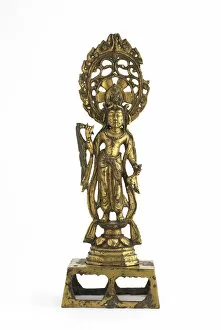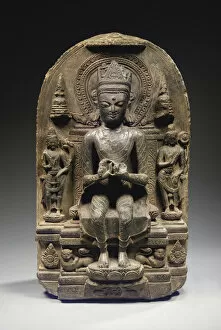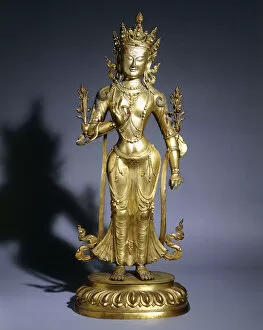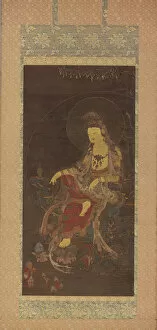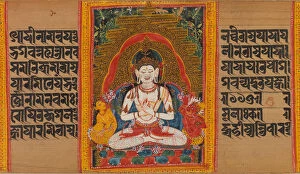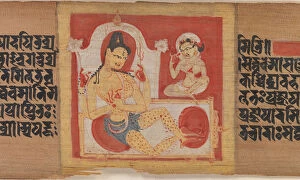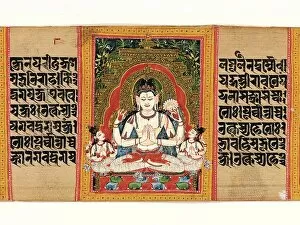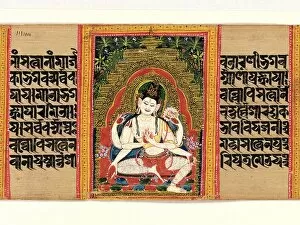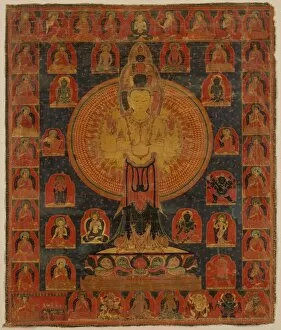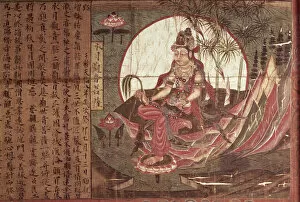Padmapani Collection (#2)
"Padmapani: The Divine Bodhisattva of Compassion" Padmapani, also known as Guanyin or Avalokiteshvara, is a revered figure in Buddhist art and mythology
For sale as Licensed Images
Choose your image, Select your licence and Download the media
"Padmapani: The Divine Bodhisattva of Compassion" Padmapani, also known as Guanyin or Avalokiteshvara, is a revered figure in Buddhist art and mythology. This compassionate deity is often depicted holding a lotus flower, symbolizing purity and enlightenment. One of the earliest representations dates back to the 9th century, where a bronze statue showcases the bodhisattva's serene expression and graceful posture. In this form, Padmapani is seen as the Nine-Lotus Bodhisattva, embodying divine wisdom and compassion. Throughout history, artists have sought to capture the essence of Padmapani's benevolence through various mediums. A water-moon Avalokiteshvara sculpture from the 14th century portrays this deity with ethereal beauty and tranquility. The Lotus Sutra plays a significant role in understanding Padmapani's teachings. The Universal Gateway chapter from this sacred text emphasizes that anyone can attain enlightenment regardless of their social status or background. A stunning artwork dating back to 1257 depicts scenes from this chapter by Sugawara Mitsushige. In later years, artists like Kawanabe Kyosai continued to depict Padmapani in new ways. His White-Robed Kannon painting from 1887 captures both elegance and strength within this iconic figure. The Saikoku Pilgrimage Route holds immense importance for devotees seeking spiritual solace at various temples across Japan. Utagawa Kunisada's prints beautifully illustrate some stops along this pilgrimage route such as Mount Nachi in Kii Province (No. 1), Mount Hokke in Harima Province (No. 26), Ishiyama Temple in Omi Province (No. 13), Mii Temple in Omi Province (No. 14), Kachio Temple in Settsu Province (No23), and Soji Temple in Settsu Province (No. 22).


